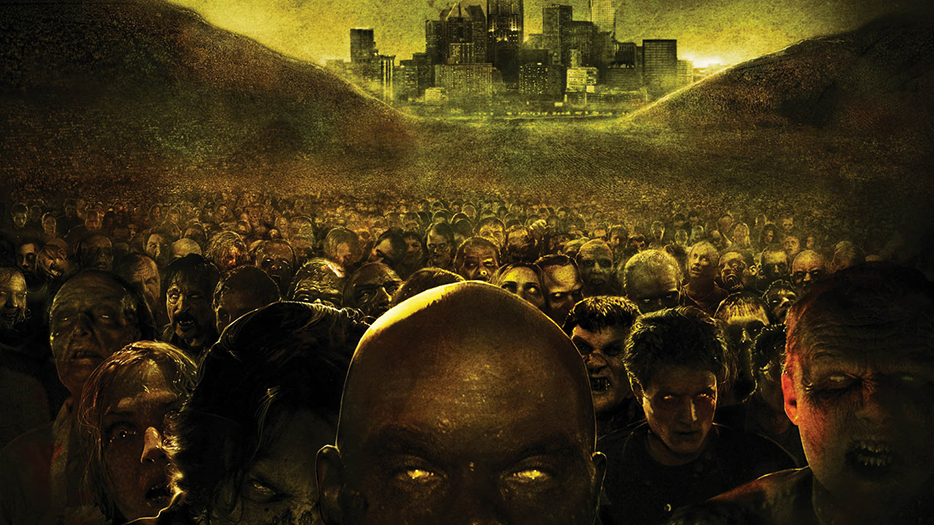Is it Really Just a Poster?
Author: dgrimes@uoregon.edu | Filed under: Get Zombie Prepared, UncategorizedWe came a long way from…..
The Center for Disease Control used many different types of media to increase awareness of their “zombie preparedness” campaign. In fact, they did such a good job with the zombie theme that upon first glance I thought the were completely serious. To this day I am still not sure how much of this campaign is actually preparing for natural disasters or stockpiling for a hollywood style apocalypse. This is exactly what makes this approach so brilliant.
The CDC made a couple posters available for download on their zombie preparedness site, free of charge. They encourage people to download the posters and put them up at work, home, and public areas. There are two basic texts applied to the same visual as demonstrated below. It is important to recognize the commonalities and slight differences as they both fulfill two different tasks. See below, I will explain more…..but watch your back.
Not every person is a zombie fanatic, but many are or have become aware of the trend through mainstream media and unrelated efforts. As the situational theory states, not every stakeholder is affected as others. This theory classifies publics in two different ways: Those that are aware of the problem, and those that do something about the problem. It is suggested that there is a method to determine how people communicate and when these communications are most likely effective. The CDC did not expect to pump out a bunch of zombie posters and wrangle the whole public in to take action on their cause. They targeted the publics who are younger, involved or already aware of zombie trends, not participating in disaster preparedness, with low problem recognition and high constraint recognition. Many people in this demographic are busy, independent, and media connected so they are trying to attract the passive stakeholder who may not be seeking out information themselves, but are active in observing visual media. This is a public relations strategy used to isolate targeted stakeholders using methods of communication, like the posters above, to:
-Increase problem recognition: Problem recognition in PR, which is the first step in the situational theory, is different than the problem recognition step in a consumers buying process. If the CDC was using advertising strategies, they would be assuming that the consumer or stakeholder already has the problem in mind, for example; “My car has 250k miles so I need to look for a new car.” The CDC has to use PR based strategies to increase problem recognition in an issue that most don’t think about or recognize as an immediate threat. In this case, problem recognition is increased by using tangible and mobile media, such as posters, to display the targeted message.
-Lower constraint recognition: Lowering constraint recognition is a strategy intending to reduce mental or physical limiting factors. For many of these publics, preparing for an apocalypse is the last thing on their minds. Finishing college, marrying their sweetheart, buying their first house, and starting a career are all pressing issues that demand attention from this demographic. The CDC does a good job of lowering this resistance by using the zombie visual as a threat to someones safety. Whether or not they actually believe in zombies or not, the stakeholder will mentally take defense, consciously or subconsciously, as a natural part of being human. Now this “task” becomes more of a priority and less of a chore. The “kits” that are suggested in the posters are also very easily assembled and consist of things most people have in their homes already.
-Increase level of involvement: This is where the rubber hits the road and people decide to sharpen their machetes to protect themselves from the undead. There are two different messages in each poster even though they look almost identical. “Don’t be a zombie, be prepared,” is another way of saying, “Don’t get taken advantage of because you are lazy.” This is encouraging the otherwise “less driven” individuals to be proactive in their defense. “Get a kit, make a plan, be prepared,” is encouraging involvement from the other side of the demographic who is more structured, disciplined, and may just be waiting for a challenge. Different people take action in different ways so both messages encourage different types of people. The underlying zombie theme, text, and imaging also gives the stakeholder a sense of edginess because of the current view of zombies in the media.
Sources:




Leave a Reply